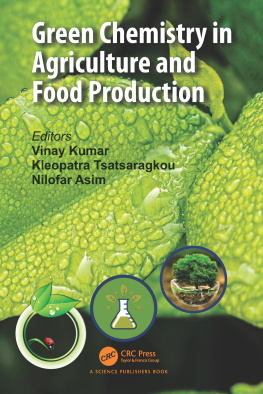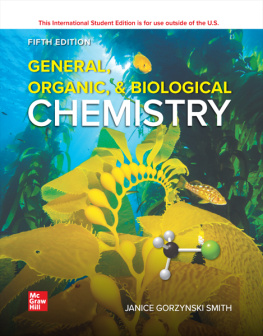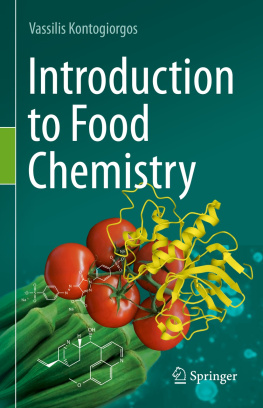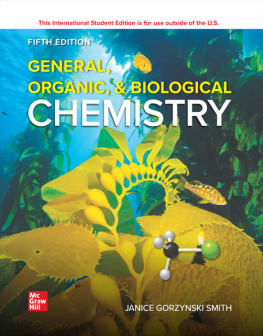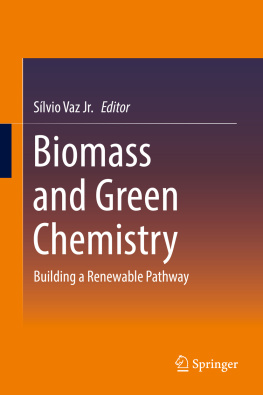
Green Chemistry in Agriculture and Food Production
Editors
Vinay Kumar
Department of Community Medicine Saveetha Medical College Saveetha Institute of Medical and Technical Sciences Chennai, India
Kleopatra Tsatsaragkou
Independent Researcher Melissia, Athens Greece
Nilofar Asim
Solar Energy Research Institute Universiti Kebangsaan Malaysia Bangi, Selangor Malaysia
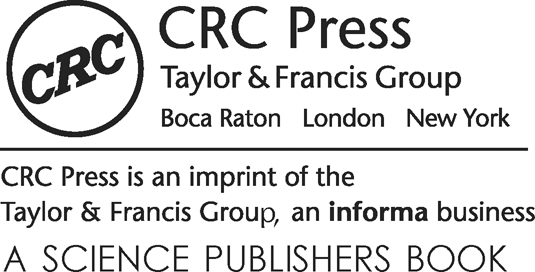
Cover illustration reproduced by kind courtesy of Dr. Vinay Kumar (first editor)
First edition published 2023
by CRC Press
6000 Broken Sound Parkway NW, Suite 300, Boca Raton, FL 33487-2742
and by CRC Press
4 Park Square, Milton Park, Abingdon, Oxon, OX14 4RN
2023 Taylor & Francis Group, LLC
CRC Press is an imprint of Taylor & Francis Group, LLC
Reasonable efforts have been made to publish reliable data and information, but the author and publisher cannot assume responsibility for the validity of all materials or the consequences of their use. The authors and publishers have attempted to trace the copyright holders of all material reproduced in this publication and apologize to copyright holders if permission to publish in this form has not been obtained. If any copyright material has not been acknowledged please write and let us know so we may rectify in any future reprint.
Except as permitted under U.S. Copyright Law, no part of this book may be reprinted, reproduced, transmitted, or utilized in any form by any electronic, mechanical, or other means, now known or hereafter invented, including photocopying, microfilming, and recording, or in any information storage or retrieval system, without written permission from the publishers.
For permission to photocopy or use material electronically from this work, access
Trademark notice: Product or corporate names may be trademarks or registered trademarks and are used only for identification and explanation without intent to infringe.
Library of Congress Cataloging in Publication Data (applied for)
ISBN: 978-0-367-25431-5 (hbk)
ISBN: 978-1-032-43375-2 (pbk)
ISBN: 978-0-429-28953-8 (ebk)
DOI: 10.1201/9780429289538
Typeset in Times New Roman
by Radiant Productions
Preface
This book titled Green Chemistry in Agriculture and Food Production is a comprehensive compilation of the applied aspects of green chemistry applications in agriculture and food production. It deals with the various aspects of green chemistry in agriculture. It discusses the green technologies used in crop-pest control; green fertilizers in agriculture, green chemistry in organic farming; eco-safe farming with microbes; marine algae as green agricultures; production of value-added products from waste processing using green technologies; green technologies in food processing; food chain and green chemistry; green technologies in reduction of toxins; green technologies in food analysis; green methods in agrochemical residues; functional food ingredients, and foodomics.
This book will guide students, scientists, teachers and researchers in understanding green technologys fundamentals and applications.
Vinay Kumar
Kleopatra Tsatsaragkou
Nilofar Asim
Chapter 1 Natural Product Chemistry in Agriculture
Divya Utreja,
India is blessed with rich biodiversity grown in different agroclimatic zones. Natural products are widely employed for the synthesis and commercialization of bio-based products. These products have a profound impact on the pharmaceutical, food, cosmetics, and agricultural industry. Natural products originated from co-evolutionary interactions and several biosynthetic pathways due to which they can survive in a stressful environment. Natural products constitute several primary and secondary metabolites. These two classes of metabolites consist of lignins, flavonoids, terpenes, alkaloids, phenolic compounds, nitrogenous compounds, aldehydes, ketones, alkaloids, glycosides, glucosinolates, isothiocyanates, limonoids, quassinoids, saponins, phenolics, flavonoids, quinones, piperamides, polyacetylenes, and polythienyls ().
The ever-increasing populations, changing climatic parameters, the outbreak of pandemic diseases, food requirements, and protection of the global economy are some of the interesting challenges that are being faced globally ().
Plant-parasitic nematodes are destructive endoparasites that can negatively target numerous agricultural crops, especially vegetables, fruits, field crops, ornamental plants, and human health (). The chapter intends to orient the research toward the management of nematodes environmentally and economically beneficial manner.
Brassicaceae family is reported with biofumigant properties and is widely investigated for its potential green manure technique to combat plant-parasitic nematodes. The family produce glucosinolate compounds, which on hydrolyzation by myrosinase in soil produces isothiocyanates containing -N=C=S group that in turn adheres to the target organism ().
The term biofumigation defines the suppressiveness exhibited by plants of the Brassicaceae family on noxious soil-borne pathogens and is related to the discharge of biocidal isothiocyanates (ITCs), particularly due to the glucosinolates hydrolysis (GSLs, thioglucosides) present in the residues of the crop, catalyzed by myrosinase (MYR, -thioglucosideglucohydrolase) isoenzymes ( described the usefulness of formulations of Brassica against rootknot nematodes (M. javanica) in tomato crops. A glasshouse trial was conducted for evaluating the antinemic potential of varied sources of glucosinolate (radish, mustard, and cabbage) and Brassica-based formulations (cake, extract, and unmacerated) in decreasing population of M. javanica on tomato. The results revealed that mustard was the most influential brassica for managing nematodes, while other plant species cabbage and radish also reduced the population of M. javanica as compared to untreated control.
The higher plants constitute an important class of secondary metabolites known as terpenoids, which exhibit a broad spectrum of biological activities ().
Monoterpenoids are formed by only two isoprene units having ten carbon chains, which are active components of 90% of the essential oils received from plants. Nematicidal activity of 22 monoterpenoids was evaluated against root-knot nematode M. incognita by ). Geraniol is reported active against the juveniles of nematodes. These monoterpenoids decreased galling at even 100 mg/kg of dose. The studies have shown that the presence of hydroxyl and carbonyl groups is very essential for the compound to exhibit nematicidal character, whereas the presence of acetyl-esters and cyclic ethers decreases the effect.
) as compared to other compounds deprived of these functional groups. Among these, eugenol was reported to be effective against juveniles of M. javanica, Tylenchus semipenetrans and limonene was reported to inhibit reproduction of M. incognita.
The monoterpenoids, such as carvacrol and thymol, were reported to be very toxic against soil saprophytic nematode C. elegans with 100% mortality, even at 250 g/ml of tested concentration followed by (-)-perillaldehyde, eugenol, geraniol, and menthol. The monoterpenoids are reported to exhibit more potent activity than the oxamyl with 13.4% mortality even at a lower concentration of 250 g/ml ().
 Next page
Next page
